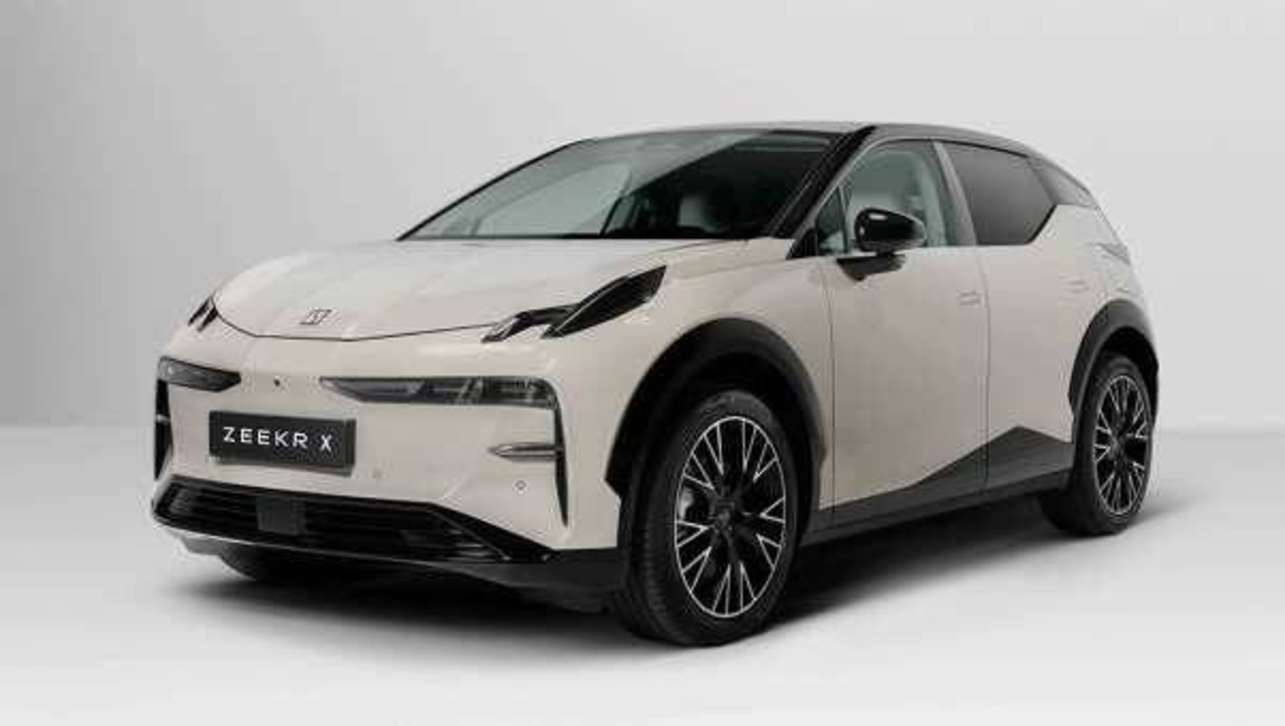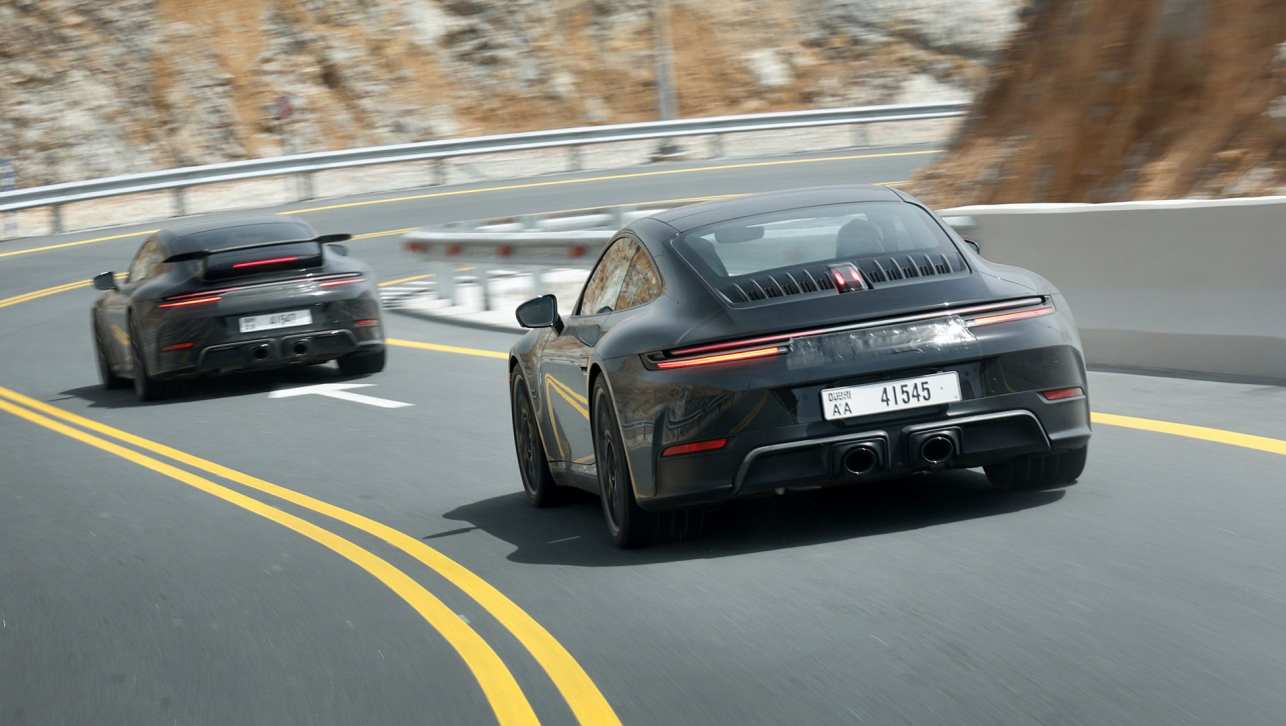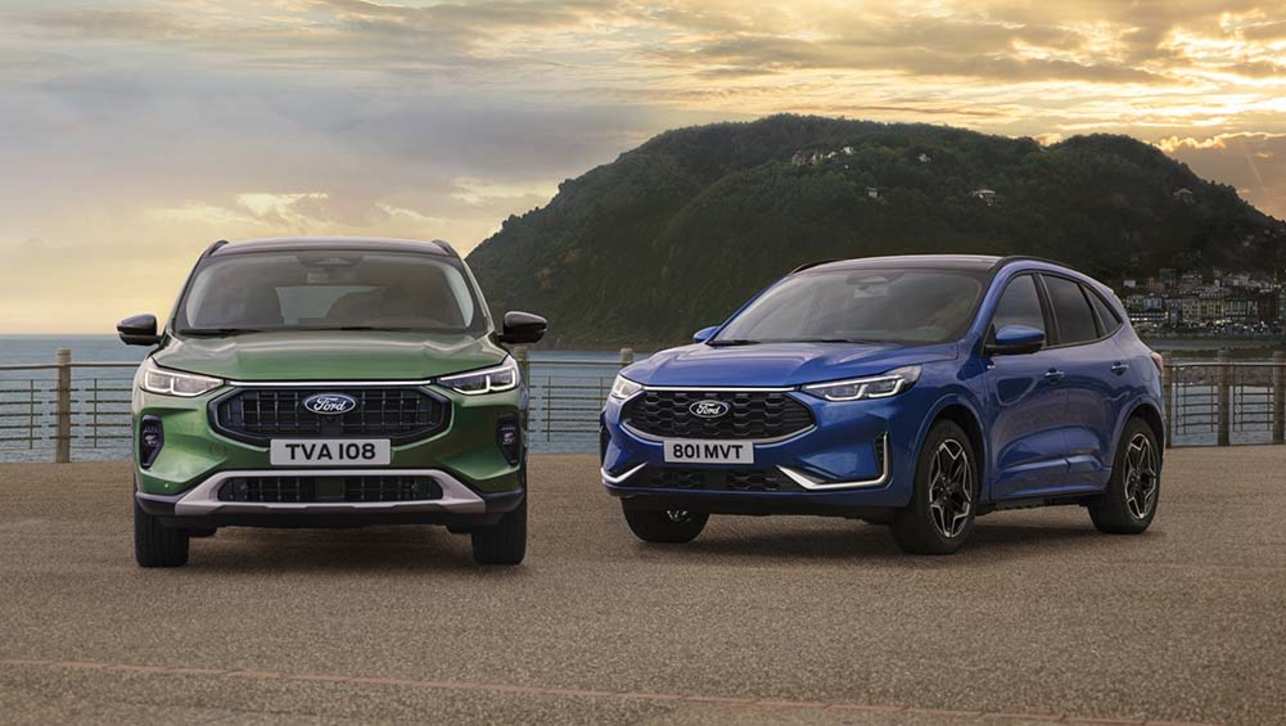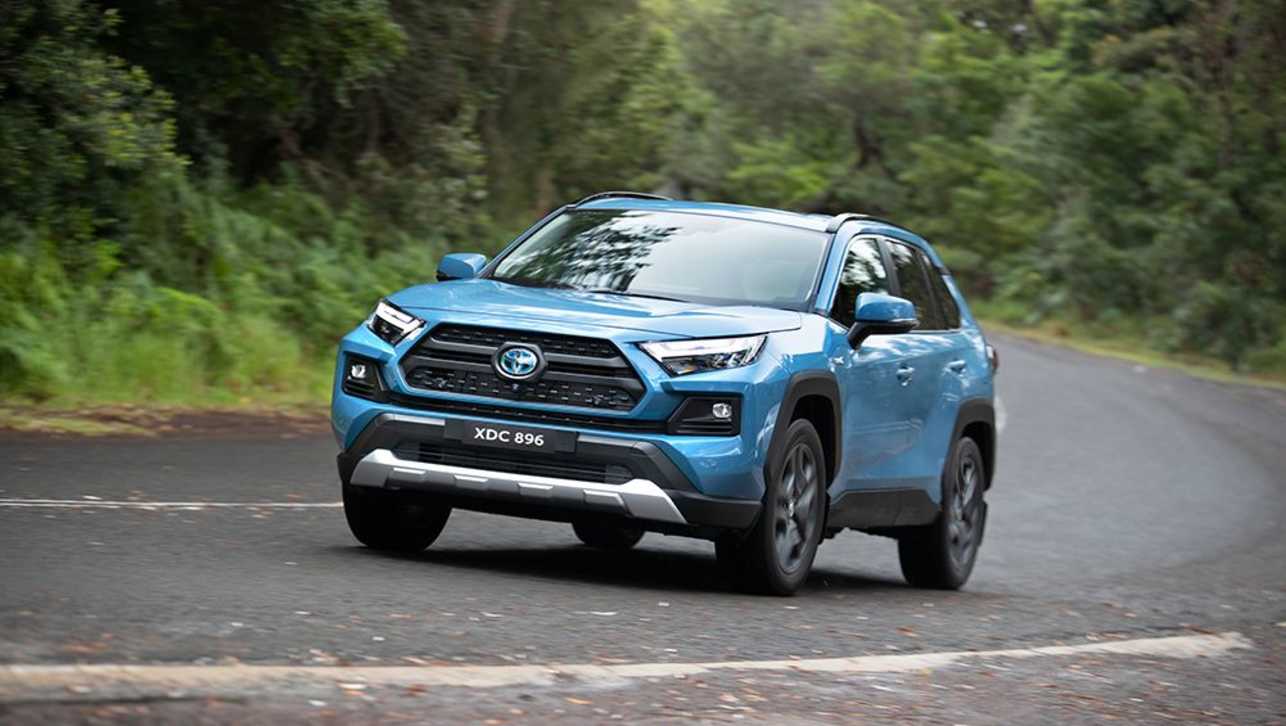I won’t bore you with the now very familiar numbers, but take it as read that for every 100 people that walk into a new-car showroom in Australia and sign on the dotted line, around 15 of them will drive out in a dual-cab ute.
If, as suggested by this website last week, the era of the $100,000 dual-cab four-wheel-drive ute is upon us, is it any wonder that car-makers are racing each other to produce ever more sophisticated (and expensive, of course) products.
The latest salvo in that war has been the commissioning of a third-party operation to modify the standard product to give it a bit more showroom rizz.
Nissan’s Pro-4X Warrior is a great example, with Melbourne-based Premcar stepping up to provide the engineering and fit the modifications deemed necessary to bring the Navara concept up to the standards of the cashed-up buyers looking for a do-all vehicle that doesn’t look like a council ute.
Walkinshaw Auto Group has plenty of experience in this endeavour, too, with an up-specced version of the previous-gen Volkswagen Amarok and more recently an amped-up version of the Mitsubishi Triton, dubbed Xtreme.
Other manufacturers have gone it alone, keeping development in-house, but still flooding showrooms with stylish, high-end dual-cabs such as the Ford Ranger Wildtrak and Raptor stablemates as well as the Toyota HiLux Rogue.
There’s nothing really radical about the concept of a souped-up, high-end model: Peter Brock was doing it for years with Holdens.
.jpg)
And Jack Brabham was putting his name on a hotted-up Holden Torana years before that.
But you can’t help wondering if, sometimes, the modifications being applied to these utes are maybe slightly wide of the target.
The thing is that these vehicles in their basic form are incredibly capable off-roaders.
The average owner will run out of courage long before the typical dual-cab ute runs out of off-road ability.
So wouldn’t it make sense to capitalise on those attributes? And yet, that doesn’t always seem the way things happen.
.jpg)
Let’s talk decals. Okay, a car’s identity is inextricably linked to its appearance. But do lairy, slash-pattern decals really add anything to the overall picture?
Same goes for those polished alloy sports bars that are so AU-Falcon. Not only do many of them attach to the top rail of the tub, rather than the actual floor where they might do some good in a roll-over, but they also prevent the fitment of an otherwise sensible canopy or a rooftop tent to make the vehicle an even better touring rig.
Another typical fitment is a bash-plate that sometimes incorporates an LED light-bar.
The bash-plate speaks for itself, but a more useful appendage for this part of the car would be a winch-mount.
Serious off-roaders know that a winch can be an essential addition to a vehicle, but removing the bash-plate they paid extra for to fit such a thing can’t be a help in the showroom.
.jpg)
The other off-road must in Australia is a snorkel.
Many of our most iconic outback journeys involve river crossings, but brave indeed is the driver who tackles such a thing without a snorkel to allow the engine to breathe even though a good percentage of the car is under water.
And what about tyres? The first thing a serious off-roader does with a new dual-cab is throw away the – generally – compromise tyres known disparagingly as Showroom Terrains.
To be fair, many car-makers do fit better tyres as part of their modifications, but they’re not always the All Terrains that are most appropriate to most people.
And while we’re talking about tyres, the other non-negotiable for outback touring is a second spare tyre.
.jpg)
Would a mount for such a thing inside the tray be too much to ask?
It’s also true that some modifiers specify improved dampers, but not all do.
Frankly, if there’s a single element of these utes that can be improved upon, it’s the standard suspension.
And to be fair, a few modifiers have nailed it with a better handling, much better riding end result.
Better dampers and springs can transform the vehicle and make it even more bush-capable, and it’s often the first modification a private owner makes.
.jpg)
Ah, you say, but these show-ponies never see the dusty side of the track in the first place.
Actually, experience in the bush suggests the total opposite; we do use these vehicles as intended, despite the purchase price.
Obviously, these hardcore modifications could boost the price even further, but the savings from deleting the decals, sports bar, mud tyres and fancy alloy wheels would ease some of that pain.
What seems even more incongruous is that many of the modifications we’re seeing applied to these vehicles seem to be aimed at making for a sportier on-road experience.
Exactly how decals and alloy wheels turn a high-riding, two-plus-tonnes, compromise-tyred, slow-steering pick-up into a sports car is beyond us.




.jpg)







_0.jpg)








.jpg)
.jpg)

.jpg)

.jpg)


Comments